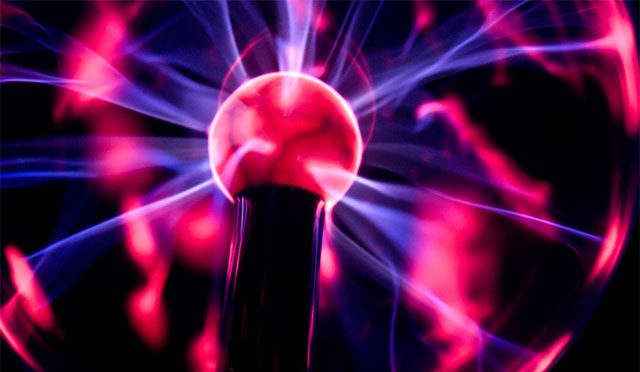Plasma is one of the four fundamental states of matter. It was first described by chemist Irving Langmuir in the 1920s. Plasma consists of a type of gas made up of ions, which means that some electrons have been stripped away from their original atomic orbits.

Plasma is related to many phenomena in the universe.
It describes the behavior of ionized atomic nuclei and the electrons in the surrounding area. Simply put, each of these nuclei is suspended in a sea of moving electrons. Langmuir described plasma as follows: “Except near the electrodes, which contain very few electrons, ionized gas contains an equal number of ions and electrons, resulting in a very small space charge. We use the name plasma to describe a region containing a balanced charge of ions and electrons.”
Plasma can be artificially created by heating a neutral gas or by placing it in a strong electromagnetic field that ionizes the gas, making it increasingly conductive. As a result, the charged ions and electrons are influenced by distant electromagnetic fields, making their dynamics more responsive to electric fields compared to neutral gas.
Plasma is the most common state of matter and is associated with many phenomena in the universe; however, scientists still do not fully understand it.


















































